I was scrolling through my previous blog posts from earlier this year when I came across this one. My writing projects for the month of June. I had forgotten that I’d written that post and that I’d planned to do a similar one each month as a way of documenting my writing life. (Obviously I have my vlog on IGTV now so this was a precursor towards this!)
So, I read through the post. And I found myself getting a little bit stressed for past me from three months ago.
Because, despite me setting targets I simply wasn’t achieving them. Why? Because I didn’t have a clear plan each week and each week I’d get distracted by more time sensitive things for other people that weren’t urgent to me.
I quote:
“The big lesson I've learned this month is that even though I plan to only work on x or y there is always a z. In fact, there are lots of z's that pop up and demand my attention.”
So when I decided that during September I was going to revolutionise my writing organisation I took it completely back to basics. Past me would have a separate notebook for the different projects I do, for example. At one point I used an online organiser (and failed!) Current me just uses the same Lemome notebook for everything. Monthly tasks, weekly tasks, sketching out blog posts, new projects, even my novel planning. All in one notebook.
At the beginning of every month, in fact a few days before the month is due to start, I will set aside two pages in my book. I may write the name of the month and colour it in as a nod to making it pretty. But don’t be fooled. This isn’t going to be a beautiful, arty, bullet journal spread. This is going to be one with crossings out, smudges and extra bits of paper taped on.
On the left hand page I plan what I’d like to write and work on that month. So, every month I send out my two newsletters. Sowing Stories and the A Bookish Baker one. I write them down. If I know the theme of the Sowing Stories one I’ll add that in too.
Any sponsored work I know in advance I’ll also add in, plus any ‘technical bits’ such as the creation of a Patreon account that I did a few weeks ago.
I’ll write in how much of my novel I’d like to write and from this October I’ll also add in the Patreon essay theme and deadline I’ve given myself.
Then the main bulk of the month’s organisation centres around the blog posts.
I write a blog post every Monday, Wednesday and Friday/weekend. Three a week.
I’ll start brainstorming ideas - some of these I use, some evolve into something else, and some I discard or will be carried on into the following month.
Then at the bottom I have a key. This relates to the categories I have on my blog. Next to each blog post idea I’ll put the letters from the key. W&B for example means writing and blogging. B is books. R is recipes.
Then when I transfer the blog posts into the grid on the right hand page the key symbols come with them. This grid is a 4 week grid (four down) for a rough month and 3 blog posts a week (three across). I put the blog post ideas in this grid with the key letter. Then I can see if, for example, there are two recipe blog posts next to each other. I do try to vary them - though as I struggle planning too far in advance this doesn’t always work but it does give me a loose structure.
And it’s a work in progress as you can see from the above picture. I have taped in a card with more blog post ideas, I’ve moved the blog posts around in the grid and used paper to cover certain grid squares so it’s not too messy with pen and crossings out and I can’t see it all clearly.
That’s the monthly planning. Simple, huh? The weekly plan is even simpler.
Every Monday, as you might have seen at the beginning of some of my vlogs, I plan out my week. What do I want to achieve this week?
The cornerstones are the three blog posts. They go down first in the notebook then I fit in everything else around them. My vlog also gives me structure and I aim to do another video for IGTV but this one is a seasonal mini-film.
Then I’ll break down what I want to do with my novel and give myself short deadlines or targets for this and my essay.
It’s essential I don’t forget the ‘other’ so they can be accommodated.
And that is pretty much it. Simple. But, so far, very effective.








